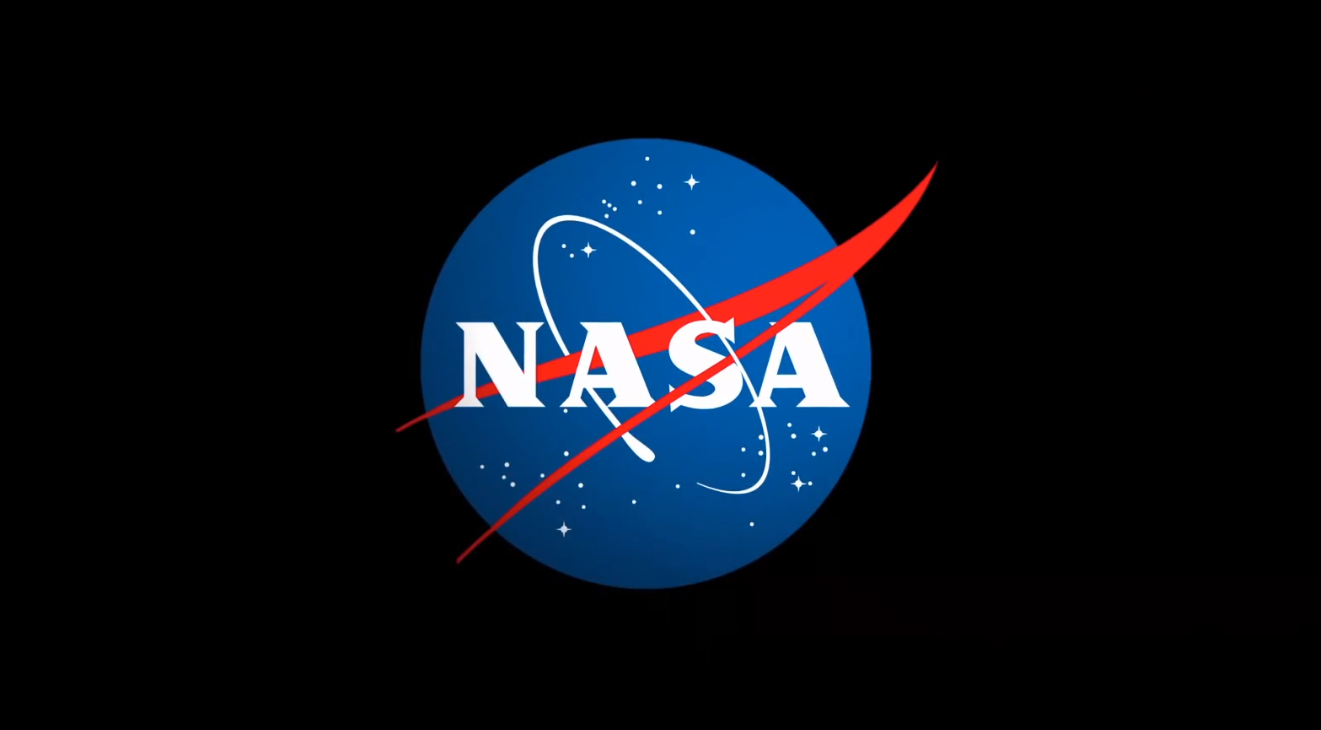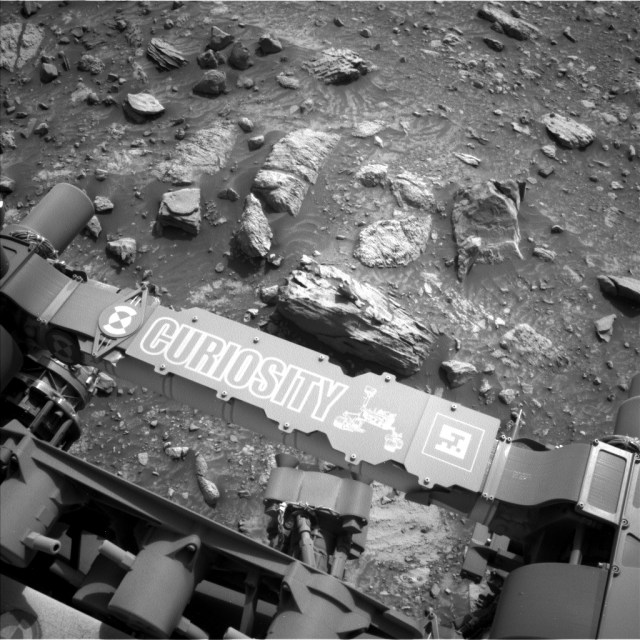Update on NASA Wallops Aircraft and Airfield Operations
The NASA Aircraft Management Advisory Board (AMAB), which manages the agency’s aircraft fleet, has decided to relocate the agency’s P-3 aircraft at Wallops to Langley Research Center. The decision is part of a long-running, NASA-wide aircraft enterprise-management activity to consolidate the aircraft fleet where feasible and achieve greater operational efficiencies while reducing our infrastructure footprint. […]

The NASA Aircraft Management Advisory Board (AMAB), which manages the agency’s aircraft fleet, has decided to relocate the agency’s P-3 aircraft at Wallops to Langley Research Center. The decision is part of a long-running, NASA-wide aircraft enterprise-management activity to consolidate the aircraft fleet where feasible and achieve greater operational efficiencies while reducing our infrastructure footprint.
We all recognize this is a tough decision impacting a stellar, mission-focused team that has achieved so much over the years. I myself started my career in the Wallops Aircraft Office some 38 years ago, and my time there was foundational for all I’ve done in my career. My top priority is to work with the Aircraft Office team on a transition plan, and importantly, to carry out an effective and safe transition of the aircraft to NASA Langley, and to ensure the long term sustainability of NASA’s P-3 capability in support of the airborne science community. The Wallops aircraft office transition may take 18 to 24 months or more to accomplish. A specialized team is forming to ensure a smooth transition, and in the meantime, we continue to support airborne science from the facility.
With NASA’s flying mission at Wallops relocating to Langley, we recognize that the hangars and airfield at Wallops are true regional assets with great potential. NASA will issue a request for information (RFI) to identify potential customers/interest in assuming responsibility for Wallops’ airfield operations. It’s in the best interest of NASA and the region to explore other uses and opportunities for the Wallops airfield, and this RFI will help NASA evaluate future options. There is no timeline for the RFI at this time – we will provide updates as more information becomes available. What we do know – and are fully committed to – is ensuring the airfield remains an important resource for continued use by our customers, such as the U.S. Navy’s Fleet Force Command Field Carrier Landing Practice program. We’ve supported Navy flight operations at Wallops for more than 10 years and that support continues.
I want to assure everyone that Wallops’ future is bright and secure – the facility has a diverse mission set of orbital and suborbital operations and a whole host of government and commercial customers expanding operations on-site. We expect Wallops’ launch cadence to increase to upward of 50 launches per year by 2030 as the facility takes on a growing portfolio of hypersonics work as well as support to commercial spaceflight.
Without a doubt, the Wallops Aircraft Team is the best in the agency. They’ve had a massively successful run of operations recently with the ARCSIX missions in Greenland to supporting student research flights on both coasts and cargo transport missions all over the world to places such as Antarctica and India. I am committed to working with every member of the team on a way forward as we transition our flight operations and seek new opportunities.
We will continue to communicate with you and provide information on the transition plans as they become available.
All the best,
Dave
David L. Pierce
Wallops Director
What's Your Reaction?



















.jpg?#)
































